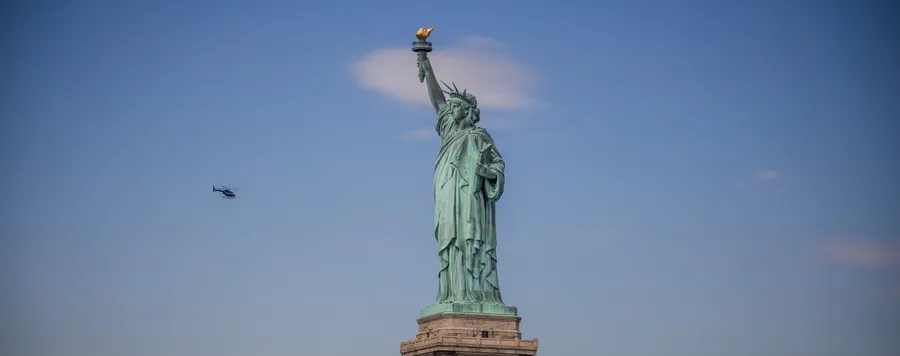
· chris
Video Workflow for GoPro HD Hero2 Time Lapse photos
Learn how to create stunning time-lapse videos using a GoPro camera. Discover the workflow and tools needed for seamless editing and production.

Learn how to create stunning time-lapse videos using a GoPro camera. Discover the workflow and tools needed for seamless editing and production.

Discover the latest on the GoPro HD Hero2 Firmware update and how to upgrade it using CineForm Studio. Learn about the features and improvements in version V.58.

Learn how to import and edit HD video from your Canon HV20 using Windows Vista Ultimate and Moviemaker. Get your content online in no time!